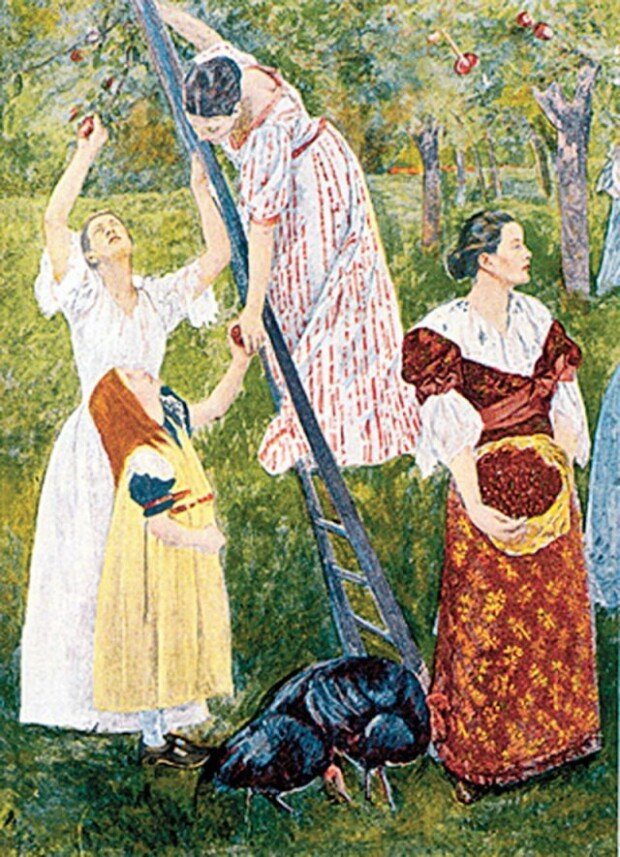Harvesting women
Harvesting women
Posted December. 30, 2021 07:41,
Updated December. 30, 2021 07:41

Wei Zheng said in analects, “At fifty, I realized the cosmic order.” Artist Mary Cassatt also had spiritual enlightenment at the age of 50. This led her to take on a challenge to draw a completely different subject matter. Aren’t you curious whether she succeeded in a new attempt?
Cassatt is the only American female painter who exhibited with the French Impressionists. She first exhibited in the Salon in her twenties, but later she joined the Impressionists upon invitation of her friend Edgar Degas. Since female artists were excluded from art education in the 19th century, historical and religious paintings that were of high value were monopolized by male artists. Cassatt’s drawings were mostly focused on maternal affection or daily lives of women.
However, her 1893 mural Modern Woman, which Cassatt drew at the age of 50, is completely different. This painting was created to commemorate Chicago’s 1893 World’s Columbian Exposition, which is placed in the Woman’s Building. This 18 meter-long mural is composed of three panels: on the left are young girls pursuing fame; on the right are women engaging in the arts, music, and dancing; in the middle are young women plucking the fruits of knowledge and science. The painting in the middle where a woman, standing on the ladder, hands over fruits she plucked to a young girl, symbolizes the inter-generational transfer of knowledge among women. Women in Cassatt’s painting are neither femme fatale leading men to deadly trap nor sinners who are lured by the snake’s seduction and lead their husbands to depravity. Through these paintings, Cassatt wanted to clearly show that women are valuable human beings who contribute to development of science, create arts, and goes on a quest for fame.
However, the mural must have been too modern for the society then to accept―that women can achieve as men can. In fact, one of the harshest critics of the painting was Cassatt’s mentor, Edgar Degas. The mural was lost right after the exposition. We can only presume that it was destroyed while in storage.







